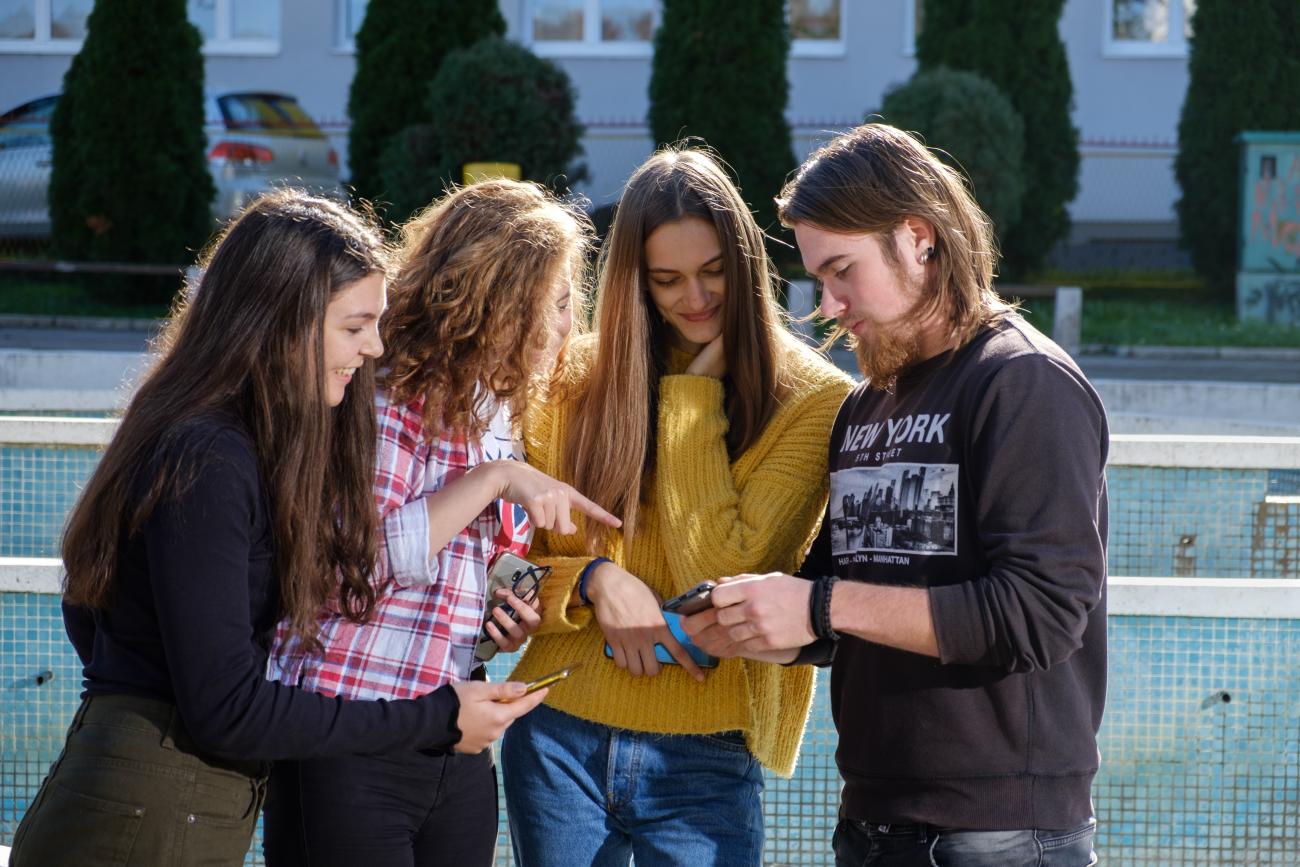Real – Time Monitoring in Primary and Secondary Education In Una-Sana And West Herzegovina Cantons

Strengthening capacities of Ministries of Education in collecting data, for quality needs assessments and preparedness.
One of the main activities within the Reimagining Education UN joint project, implemented by UNICEF, UNESCO, ILO and UNV in three administrative units in Bosnia and Herzegovina (Republika Srpska, Una Sana Canton and West Herzegovina Canton) was establishing a long – term solution for data collection about the availability of ICT equipment and quality of distance learning (DL). Ultimately, two out of three administrative units, Una – Sana canton (USC) and West Herzegovina canton (WHC) adopted and implemented this type of activity. This Real – Time Monitoring (RTM) activity was conducted by developing five types of surveys (Google Forms), each one accustomed to target group designated for. This set of five questionnaires was created for primary school students in lower and higher grades, secondary school students, primary school teachers and secondary school teachers. Overall aim of this activity was to strengthen capacities of ministries of education in these administrative units in collecting data in education, so that ministries can use the exact forms in the future and adapt questions to their needs.
Students and teachers were surveyed on two main topics: availability of the ICT equipment in their households and their personal views on the organization of DL in their respective schools, during the most critical period of COVID – 19 pandemic in 2020. They were able to answer questions on their impressions and perspective about DL in their schools, ICT equipment and platforms or programs they were using in their households during DL period and assess their own motivation, communication with their peers and eventual difficulties as well as positive aspects of this way of learning.
The survey process was initiated by ministries of education from these two administrative units in December 2021 and January 2022, with impressive response rates by the end of January 2022. Altogether, West Herzegovina canton accumulated 3204 responses, while Una – Sana canton accumulated 2959 responses, from all target groups.
Students in both cantons were asked about their own preparedness for using new DL solutions, more specifically to answer if they were provided any trainings on how to use certain platforms or programs in DL. More than majority of surveyed students in each canton responded negatively, in Una – Sana canton with 63% and in West Herzegovina canton with 70%.
Teachers in these two cantons however responded differently in regards to trainings, with 68% of surveyed teachers in Una – Sana canton responding with No, while 53% of teachers in West Herzegovina canton responded with Yes, meaning they had trainings provided to some extent.
When asked about technology and ICT equipment used, the answers in both cantons were similar for both students and teachers, and vast majority used their phones as a primary mean for communicating and doing homework and school work. Another important finding was that significant number of teachers and students shared their laptops/PCs with other family members.
Teachers from both cantons shared the same views on their productivity during DL period and were disagreeable with the statement that they were more productive than during regular face – to – face teaching.
Other important findings include answers from secondary school students in TVET, with majority of them responding that practical teaching wasn’t or was only partially organized from March to June 2020. Students in TVET were mostly agreeable that DL wasn’t suited for them, and that practical classes are highly unlikely to be efficient in an online format.
Students and teachers from both administrative units agree that e – Learning should be used as a last resort measure. They also consider tools such as WhatsApp, Viber or Zoom to be inadequate in delivering quality teaching and feedback.
This modality of monitoring and assessing Real – Time trends in education sector remains as a long - term resource for ministries of education. In this way education authorities remain capacitated to use these surveys for future planning of digitalization of the education system, mitigating the negative impacts of unequal access to digital learning, planning the budgetary means and ultimately assessing any type of subject relevant for their future activities.
,,The goal of the Reimagine Education project - Mitigating the impact of the COVID-19 pandemic, strengthening the capacity of education authorities and teachers to provide quality inclusive distance learning and combined teaching models should significantly contribute to the most fragile, yet the most important social sector – the sector of education.’’


